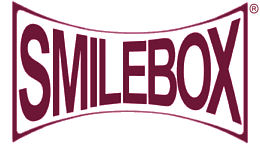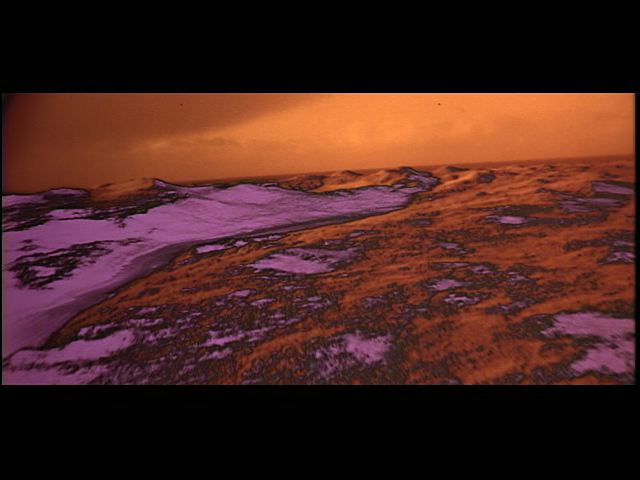A nice web collection and the best kind - cels! Add my find (above) to it. If you keep track of the sources, too, let me know and I'll find the link (again) for that one. If I come across others, I'll submit them to you. (eBay should be a good source of material, too.)
I added (the above) "normalization" adjustment sample -- a fully spread out luminance on each RGB element -- to simulate that scanning the film this way might give more quality when color correcting. I don't know if the scan machine allows for separate range settings on each RGB-element flash. If not, this would require 3 separate passes with each pass-setting weighted for the selected RGB element of that pass. Ultimately, these would be separated out and recombined with their complimentary RGB elements for the finished scan. It also would require an initial pass for making a full-film min-max-luminance histogram of the RGB elements to adjust for those RGB-element-settings. Naturally, it's more work for the scan process.
The reason for doing this is that when the spectrum is digitally expanded during computer color correction, it leaves gaps or steps in the resulting spectrum. That's a built-in digital anomaly. Film, on the other hand, is analog and capturing from it is always continuous. If the luminance range is max'ed in transfer, it effectively pre-expands the spectrum in continuous analog -- no gapping. There could be no expansion during digital color correction (because it's already max'ed) and compression (the only remaining operation during digital color correction) doesn't leave gaps. Hence, a better final product.
NOTE: Throughout, these are my best-approach suggestions; obviously, use those that you like, if any. ;)
BTW, I should've noted that the above "targeted color correction" was a reference-approach example of how matching even only 2 colors positively affects the entire picture (although not enough for an accurate color correction). Sorry for the scare.
Of course, your suggested cel (here cropped to remove distractions) is the superior choice for a film-scan-to-reference-colors test:


This time, I used CURVES, which requires getting RGB values for same areas of source and target:
scan R:G:B cel R:G:B
cheek 128 119 122 -> 140 102 79
mouth 152 159 157 -> 191 155 124
nose 122 60 67 -> 169 64 45
fur 85 43 47 -> 104 68 47
rope 116 57 49 -> 169 93 38
shirt 145 135 140 -> 179 122 112
teeth/eyes 156 168 161 -> 186 171 151
The numbers are manually entered into the curve graph with this result:


It looks nicely matched, but closer inspection shows broken-up and mis-colored areas. This is because of spikes in the spectrum to attain particular colors that are near different colors. Any slight variation in the color causes it to (wrongly) pick up the too-close-neighbor coloring. This means that point-to-point CURVES is too precarious to do the job in this manner. However, CURVES remains good to show the curves that could then be smoothly approximated in CURVES with curve-controls (the VirtualDub plug-in, for example) or in HISTOGRAM (this paint program):


The result is a very good approximation (some inevitable close-colors) but with a smooth color spectrum (no break-ups or wrong color pick-ups):





































